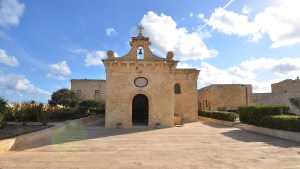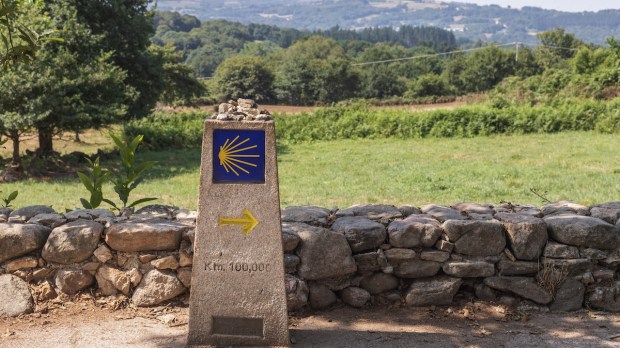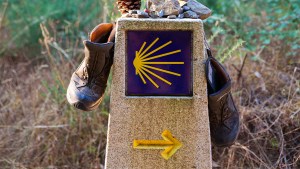Maybe you think of Croatia as a privileged beach destination in the Adriatic Sea. What you might not know is that the country is also a significant pilgrimage destination, and the departure point of an adventure leading to Compostela in Spain.
The Croatian Camino project (also known as Camino Croatia) offers a unique experience for those seeking religious, cultural, and historical connection.
The Camino de Santiago is the famous and vast network of ancient pilgrimage routes historically culminating in the Spanish city of Santiago de Compostela, where the remains of St. James the Apostle are found.
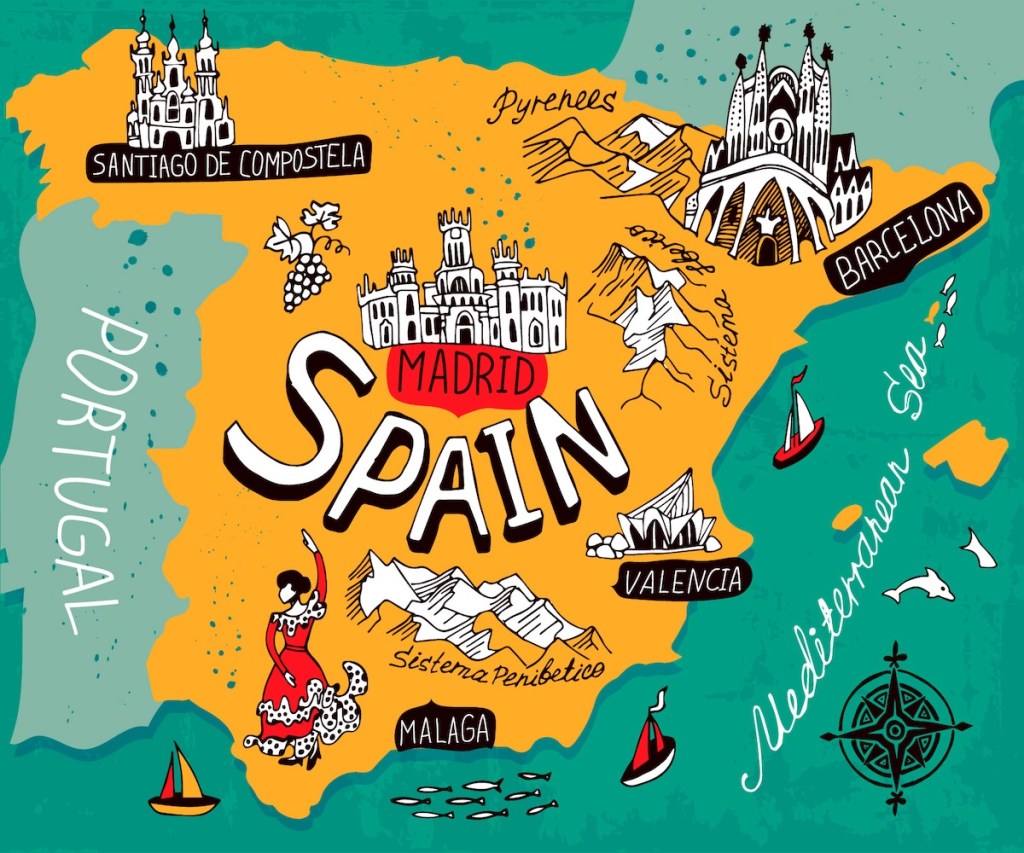
The centuries-old tradition of journeying to the Apostle’s relics has a deep-rooted presence in Croatia as well, where organized pilgrimages date back to 1203.
Now, the Croatian Camino project aims to revitalize these historically significant paths.
While the complete route spans a remarkable 3,000 kilometers (1,865 miles) and consists of 20 stages, there are currently five active stages that are marked and equipped with pilgrim infrastructure.
These stages provide options for weekend journeys or longer, week-long treks across captivating Croatian landscapes.
Why start in Croatia?
The official language of the country is Croatian, but as many as 78% of Croats are at least bilingual, with English being the most common second language.
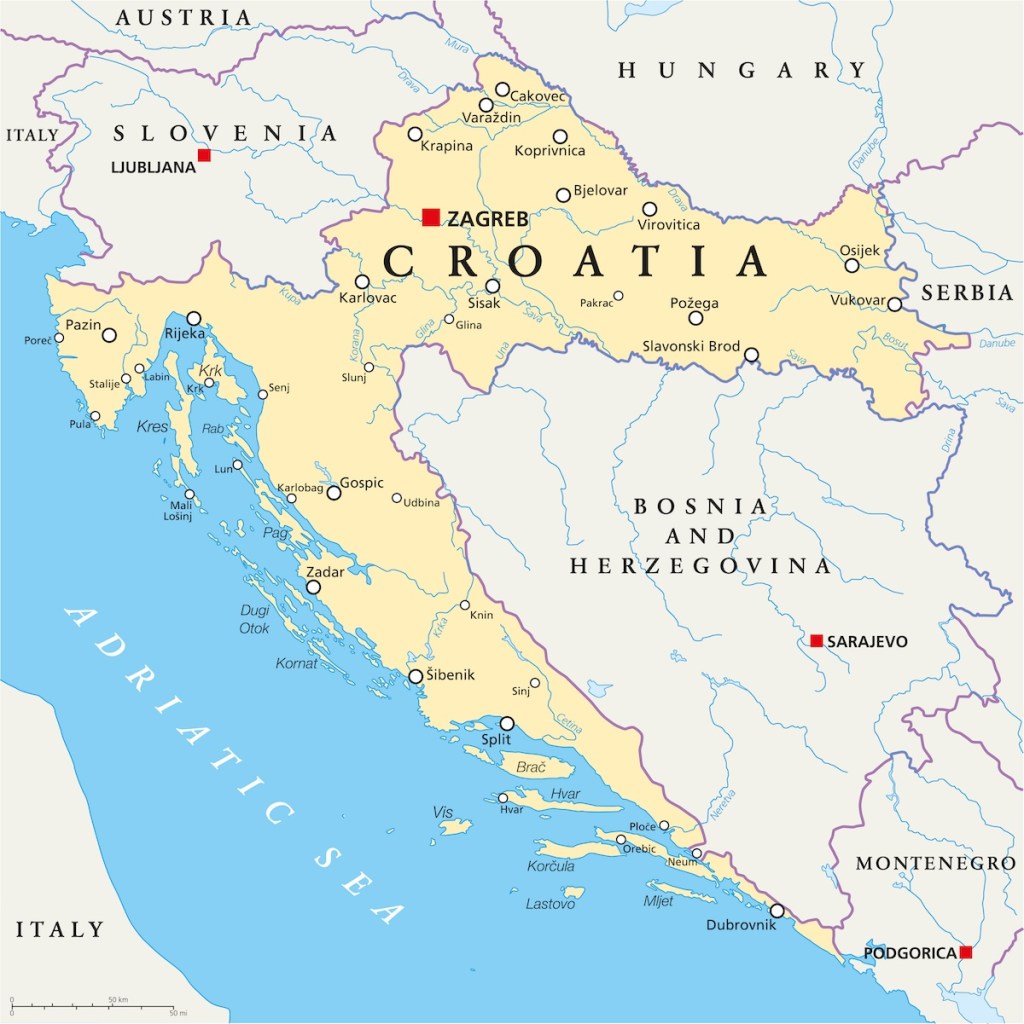
The country is largely Catholic, but with a notable Orthodox minority (4.4%) and a smaller Muslim community (1.5%)
Croatia is known for its stunning beaches, delicious seafood and wine, and also fervent devotion to Our Lady.
Consider that in the coastal town of Primošten, Croatia, is what might be the world’s largest statue of Mary, in her advocation as Our Lady of Loreto.
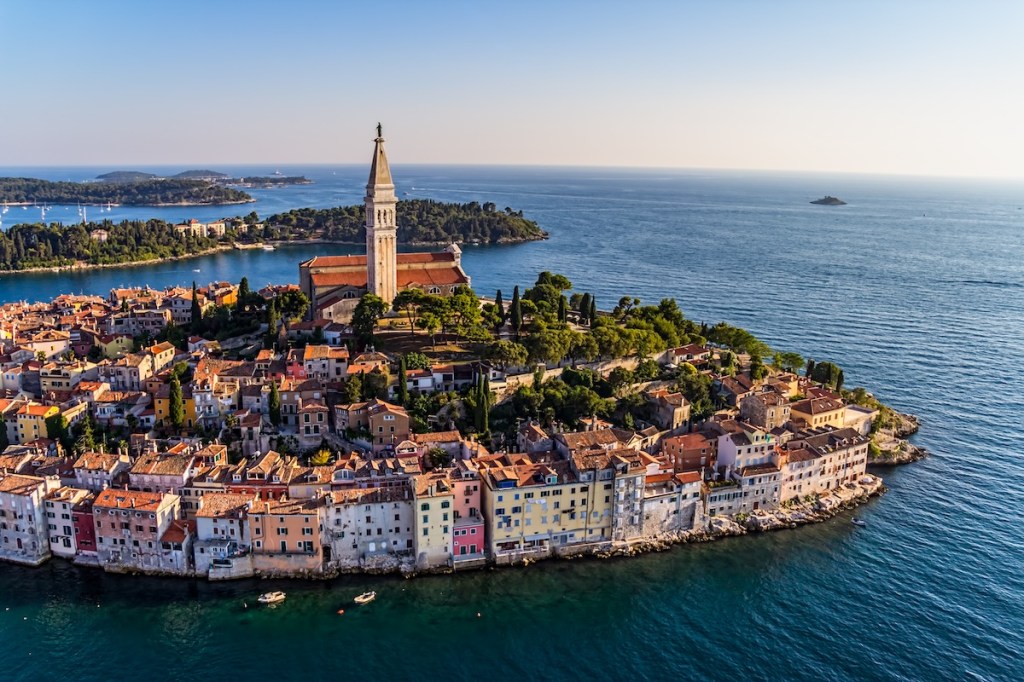
Why Santiago?
The veneration of the Apostle Santiago (a contraction of Sanctus Iacobus, St, James in Latin) in the north of the Iberian Peninsula dates back to the early 9th century. In the year 813, the legend began to spread in Galicia that the Apostle, who had evangelized Spain, was buried in these lands after having been condemned to death and beheaded in Jerusalem during the reign of Herod Agrippa I, around the year 44, according to the Acts of the Apostles.
A hermit named Pelayo said that he had seen a shower of stars (or some brightness in the sky or on the ground) in the forest of Libredón, which gave Compostela its name: campus stellae, “field of stars,” in Latin.
Some other traditions suggest that the name of Compostela comes from the Latin compositum, “cemetery,” since the place was already an ancient Roman burial ground.
In this forest of Libredón, the legend continues, three stone tombs were found that corresponded to those of Santiago (which contained a body with its head under its arm, in accordance with the Acts of the Apostles) and his two closest disciples. Bishop Teodomiro, recognizing the miraculous nature of the event, sent a communication to King Alfonso II of Asturias and Galicia, who ordered the construction of a chapel on the site, which immediately became an important pilgrimage center. According to some chronicles, this happened in 813.
During the reign of Alfonso III, in 899, this chapel was transformed into a Romanesque church, but it would not be until 1075, during the reign of Alfonso VI, that the construction of the Cathedral of Santiago de Compostela that we know today finally began.
If you are seeking a transformative journey and want to take advantage of Croatia’s astonishingly picturesque landscapes, the Croatian Camino invites you to walk in the footsteps of countless pilgrims who came before.
